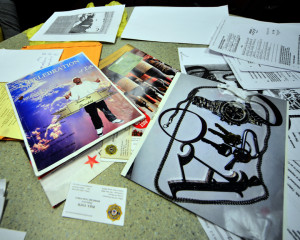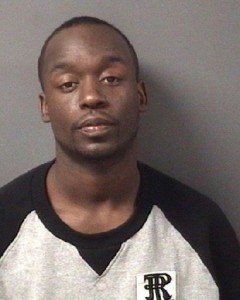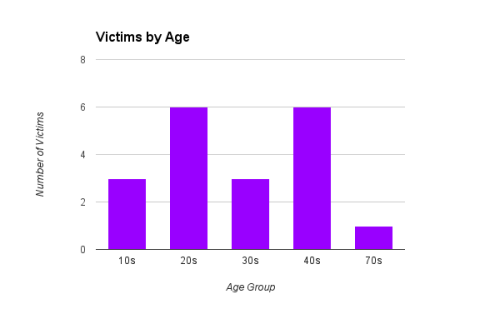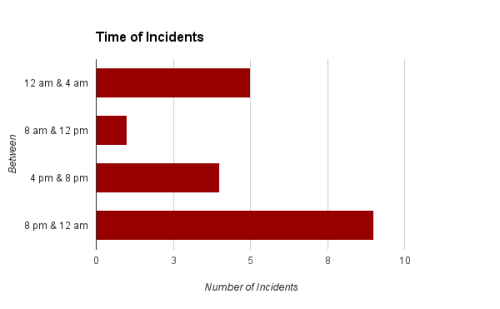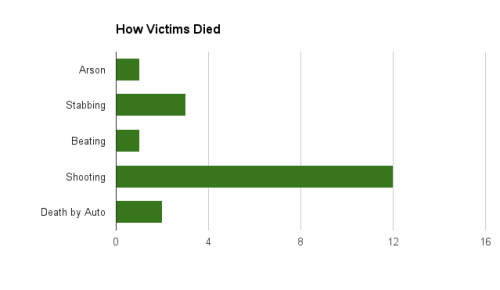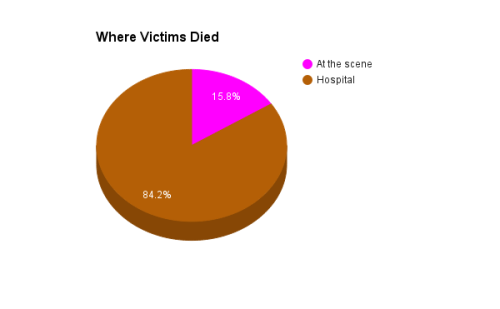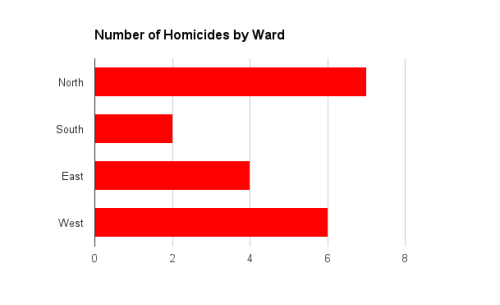Inspector Clouseau sat in the front row of a Mercer County courtroom, listening as defense attorneys painted him in closing arguments as an incompetent investigator with tunnel vision who fingered two men for a murder at a banquet hall in 2012 they didn’t commit.
![Maurice Skillman]()
Maurice Skillman
The man sitting in the front row was actually Trenton Police Detective Scott Peterson.
From the way defense attorneys told it, it was hard to make out the differences between Clouseau, the bumbling detective from the film “The Pink Panther,” and Peterson, who puffed himself out during an interrogation with one of the suspects as the omniscient investigator who traced the assailants’ steps.
“It’s all on the video, and that’s a big problem for you,” Peterson told Hykeem Tucker. “You’re involved and I know it.”
Prosecutors defended Peterson’s work, saying he followed all leads and used surveillance tapes to work backward and identify Maurice Skillman and Tucker as the men who killed Mercer County corrections officer Carl Batie at the Baldassari Regency banquet hall on Nov. 11, 2012.
While admitting the case is circumstantial, Assistant Prosecutor James Scott said video surveillance proves Skillman is the shooter and that he planned and carried out the murder with help from Tucker, who acted as a lookout.
![Hykeem Tucker]()
Hykeem Tucker
Batie was shot in the head and died after someone opened fire on the packed balcony around 1:15 a.m. in what the authorities proclaimed at the time was a gang-related shooting that claimed an innocent bystander.
Batie and his brother, Karshawn, attended a re-election party for President Barack Obama when violence shattered the celebration.
The trial boils down to identity as each side used clashing portraits of Peterson to weave their own sophist tapestry, gripping families of the victim and the suspects who sat inside a standing-room-only courtroom for final arguments.
Christopher Campbell, Tucker’s attorney, attacked an interpretation his client admitted to Peterson that he was at the banquet hall the night of the murder.
And he told jurors even if they accept Peterson’s word that a man wearing a varsity jacket was Tucker, the man was unaware a shooting was about to unfold.
“If that guy was a lookout, he’s the worst lookout ever,” Campbell said. “The lookout wouldn’t be waiving to girls and then putting his hands in his pockets and strolling away.”
The defense accused Peterson, the so-called “tour guide," of disregarding evidence that pointed away from their clients, Skillman and Tucker, and to alleged Bloods gang member Shaquel Rock.
![Carl Batie]()
Carl Batie
Rock threatened to shoot up the banquet hall after he was refused entrance, apparently telling Trenton Police officer Jason Woodhead his “badge would not save him from a bullet.”
Rock was stopped at the door by the brother of Alex Feliciano, who worked security at the banquet hall and was talking to Batie when gunfire erupted.
“[Peterson] put this puzzle together and told you to ignore this other stuff,” said Nicole Carlo, who represents Skillman. “They came together. They entered the club together. They must have committed murder together. If he’s wrong, it’s an unsolved crime. So everything has to fit.”
Scott laid out a timeline for jurors. He said two men are captured by surveillance entering a white van around 1:10 a.m. where the authorities believe a TEC-9 handgun was stowed.
Scott said the surveillance showed the men made “final preparations” with each other in an alleyway near the banquet three minutes later. Skillman then manipulates something before allegedly approaching the balcony of the banquet hall, Scott said.
Batie was shot in the head at about 1:15 a.m. as he talked to Feliciano, near the balcony rail.
Scott alleged Skillman unloaded 22 rounds from a TEC-9 handgun that was never recovered, fled and attempted to blend in with the panicked crowd that streamed into the streets outside of the banquet hall.
Defense attorneys disputed the notion Skillman fought with another man outside the club to get himself arrested so he had an alibi.
Scott credited Peterson with picking apart the surveillance tapes and following the evidence.
“If he was such a big liar interested in having a solved crime, who would be sitting over there today?” Scott said. “Shaquel Rock.”
Opposing attorneys took turns trading punches, and each side scored points.
The biggest moment for the defense came with Peterson on the stand being cross examined.
Peterson said on direct examination he dissected more than 30 hours of surveillance from five cameras angles depicting the interior, exterior and parking lot of the banquet hall.
He narrated over the surveillance footage for hours, and in the end, the detective told jurors in no uncertain terms he identified men he referred to as “Tall Guy” and “Varsity Jacket” throughout the trial as Skillman and Tucker.
Skillman raised his arm toward the balcony as a spark of purported gunfire lit up the night, Peterson said.
Tucker wore a distinctive varsity jacket with a decal on his right arm, Peterson said. Prosecutors contended in their closing arguments the jacket was one of a kind.
Carlo returned to the varsity jacket in her closing and reminded jurors how investigators recovered a varsity jacket and gray and blue sweatshirts from a champagne-colored vehicle belonging to Edgar Williams, Rock’s cousin.
The blue jacket was emblazoned on the back with the word “Champion.”
Feliciano, a convicted felon who worked security detail the night of the murder, testified at the trial he was perched on a wooden plank on the balcony talking to Batie when gunshots rang out.
He noticed the shooter was clad in a gray sweater and standing on the hood of a car aiming at the crowd.
Carlo suggested Rock or an associate targeted Feliciano because his brother did not let him in the club earlier in the night.
“Shaquel Rock did not go quietly into the night,” she said, channeling the poet Dylan Thomas. “Is that coincidence?”
Carlo challenged jurors to study the appearances of Skillman and Tucker and decide whether they are the men on the tapes.
“You’ve seen them for weeks,” she said. “Can you identify them on that video?”
Scott urged jurors to look at all the evidence. He said he is confident they can convict Skillman and Tucker, based on the video that proves Tucker lied to Peterson when he told him during the interrogation he was inside the banquet hall when the shots were fired.
“Actions speak louder than words,” Scott said.



